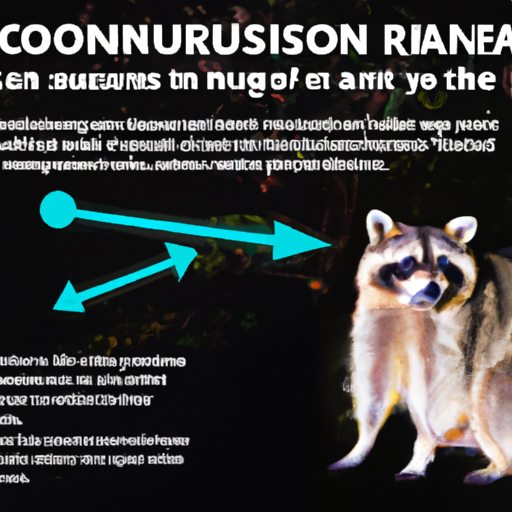Introduction
As a dedicated caregiver to your furry friend, it’s natural for you to worry about their health and well-being. One disease that often strikes fear into the hearts of pet parents is rabies. Deceitfully quiet yet deadly, it can invade your peaceful life unannounced.
What is Rabies?
Rabies is a viral disease that affects the central nervous system leading to severe neurological problems and, often, death. It’s not only limited to dogs, but all mammals, including humans, can contract rabies.
How Rabies is Transmitted
Rabies is primarily transmitted through the bite of an infected animal. Here’s how the cycle usually unfolds:
- Infected Animal Bite: When a rabid animal bites your dog, the rabies virus, lurking in the saliva of the infected animal, enters your pet’s body.
- Direct Contact with Saliva: Your dog can also contract rabies if the saliva from an infected animal comes in contact with any open wound or mucous membrane.
Table 1: Common Rabies Carriers
| Wild Animals | Domestic Animals |
|---|---|
| Raccoons | Dogs |
| Bats | Cats |
| Skunks | Cows |
| Foxes | Horses |
| Coyotes | Sheep |
Rabies Symptoms in Dogs
The signs of rabies in dogs can be elusive, often misleading the caregivers. However, the symptoms generally fall into three stages:
- Prodromal Stage: The dog may show nervousness, anxiety, and a fear of light. A change in the tone of the bark is also observed.
- Excitative Stage: Often called ‘furious rabies’ because of the tendency of the animal to become aggressive, it’s during this stage when a rabid dog is most dangerous.
- Paralytic Stage: The dog’s facial and throat muscles start to paralyze, causing difficulty in swallowing and drooling.
Preventing Rabies in Dogs
Although rabies is a fatal disease, it’s preventable. Follow these steps to protect your dog:
- Vaccinate: Get your dog vaccinated against rabies as per the vet’s schedule.
- Prevent Contact: Do not let your dog interact with wild or stray animals.
- Secure Your Home: Make sure to secure your home and yard against wild animals.
Frequently Asked Questions
Q: Can my dog get rabies even after vaccination?
A: Vaccination significantly reduces the chances of your dog contracting rabies but does not eliminate the risk completely.
Q: Can a small scratch from an infected animal cause rabies?
A: Yes, if the scratch is deep enough to break the skin and the animal’s saliva comes into contact with the wound.
Q: What should I do if I suspect my dog has been bitten by a rabid animal?
A: Isolate your dog and contact your vet immediately. Do not try to handle your dog without protective gloves as rabies is transmissible to humans.
Understanding how rabies is transmitted to dogs is the first step in preventing this deadly disease. As a responsible caregiver, your awareness and timely actions can save your pet’s life.



